Many kidney stone patients come to me after trying to lower their urinary oxalate levels on their own. They want to avoid forming more kidney stones but find the recommended dietary changes frustrating and confusing. They believe they have to limit or eliminate foods they have always enjoyed and considered healthy.
As a nurse, I can tell you, I would find it frustrating too. It can be especially challenging for those simultaneously battling other medical conditions such as heart disease and diabetes. There is not a day that goes by where I don’t tell patients, “There are plenty of healthy foods you can still eat”. This article will help you understand what you need to know about eating a low oxalate diet, and I will also share some tips so you can be successful.
What oxalate list should you use?
There are so many lists to choose from. Each of them gives different values and all have conflicting information. Please use one list so you are not confused.
Dr. Coe and I tell our patients to use the Harvard oxalate list. We choose this list because, those of our patients who use it and adhere to our other advice, are successful in lowering their urinary oxalate lab values.
The bank account analogy.
Here is a trick I use to help my clients and students understand how to lower their oxalate.
I tell them every day they have an imaginary bank account filled with 100 bucks (milligrams) of oxalate. It is up to them how to take their withdrawals. If my patients want to spend most of their oxalate bucks on some potatoes that day they can. They will then have fewer oxalate bucks to spend the rest of the day. This simple analogy gives them control over their diet and it also teaches them how to make conscious decisions regarding their food choices.
How to use the oxalate list.
You will see that most oxalate lists rate foods as high, medium, and low. I find that this is more limiting to patients as they only think they can eat the foods that are listed as low on the list. THIS IS NOT TRUE. There is a lot on that list that you can still eat, even favorite foods like chocolate, potatoes, and some nuts.
Please go by the number of milligrams in the portion size of the food you choose. For example, Harvard states that sunflower seeds are “high”, but the portion size is 1 cup. Who eats a cup of sunflower seeds in one sitting? And even if they did, that is only 12 mg of oxalate. Remember that your oxalate bank account contains 100 mg of oxalate per day. You can easily incorporate sunflower seeds as a healthy snack option.
Be aware, foods listed as low on the oxalate list can quickly add up. Hummus is a good example of this. Hummus is listed as “low” on the Harvard list, but note the portion size is only 1 tablespoon. Who the heck only eats 1 tablespoon of hummus? Not I! It’s more like one container. So you can see that the oxalate milligrams will quickly add up making hummus not so “low” once you are done. The lesson here is to understand how to use the list.
Portion not perfection.
Many of my patients will lose weight while working with me. Am I a genius? Do I have magical answers that no one else has unveiled to date? Nope. I don’t. What I do have are patients who are committed to being healthy and keeping stones at bay by eating well (on most days) and taking care of themselves in order to lessen their stone risk. On this diet, they can also simultaneously lower blood pressure, and manage heart and kidney disease. How is this done? What is the answer? Portion control. Portion control is key!
Do you find yourself going back for seconds after heaping up food on your first plate? Before you went for another helping of food, did you ask yourself if you were still hungry? Or is this a habit that you have acquired over the years? Many of our poor food choices are due to long-standing bad habits. Many of my clients are still eating bologna sandwiches with mayo on Wonder Bread because it was what their moms packed them for lunch as a child. They don’t realize it until I take a diet history.
You can eat your favorite higher oxalate foods if you watch portion size and pair it with a glass of milk. Can’t drink milk? Try flax milk or coconut milk. If you are a vegan and have been using legumes as the base of your meals, try reducing the portion size and using legumes as a smaller side dish. Many of my vegan patients continue to eat beans as a healthy protein and fiber-rich food. I tell them to eat ¼ cup and to be sure to make a withdrawal from their oxalate bank account. Also pair this food choice with flax or coconut milk.
Potatoes are a food that many people miss on a low oxalate diet. They are indeed very high in oxalate so you do need to limit quantities. I recommend having them once a week in smaller portion size and combining them with a calcium-rich food or beverage to help absorb the extra oxalate in the potatoes. Again, use your 100 mg/day allotment and you will see you can bring back some of your favorite foods as long as you can control how much you eat at a given time and how many times a week you are eating them.
Does this mean I can eat spinach?
Unfortunately, if you ate spinach your bank account would be overdrawn by hundreds with just one salad. Sorry. Spinach, almonds, and anything very high like these two foods just needs to be taken out of your diet. I advise my patients to not eat any food where a portion is greater than 50 mg/serving. Look at your list!
Chocolate?
You can definitely fit in a little bit of chocolate a day. The question you need to ask yourself is, “Can I limit myself to a few pieces of (whatever) or am I setting myself up for failure?” If you can just have a few M&Ms, have them. If you cannot trust yourself to limit this treat, then stay away. I am a freak of nature and can just have a few and step away. Yes, I know you hate me right now but don’t hate me too much. Anyone who knows me will tell you I can’t go near a box of Cheez-Its. We all have our favorite things that are hard to limit. Know thyself. Stay away from your trigger foods.
What if a food is not on the list?
I am asked numerous times a day on my Facebook page how much oxalate is in _________? If it is not on the list, I ask you to use this general rule of thumb – eat the food no more than once or twice a week in a normal portion size. This rule has worked for patients who adhere to it. Not all foods have been tested. Oxalate testing is expensive.
The calcium/oxalate ratio.
If you eat calcium-rich foods with the higher oxalate foods throughout the day, you can lower your urinary oxalate levels. By how much you may ask? In this article, Dr. Coe writes about a study that showed how eating a high calcium diet lowered patients’ urinary oxalate.
Got milk?
Most of you are told by your physician to lower your oxalate and drink more water. But lessening your kidney stone risk involves much more than just lowering oxalate levels and drinking water. Dr. Coe and I advise all patients to eat and drink calcium-rich foods to help lower urinary oxalate. More on calcium in an upcoming article.
Get help.
Many of you will still need help after reading this article. It is tough to manage all the dietary changes needed to follow The Kidney Stone Diet. The Kidney Stone Prevention Course is designed to set you up for success, to teach you the best ways of managing the challenges of these dietary changes in order to lower your new stone risk. Read what fellow patients have said about taking the course.
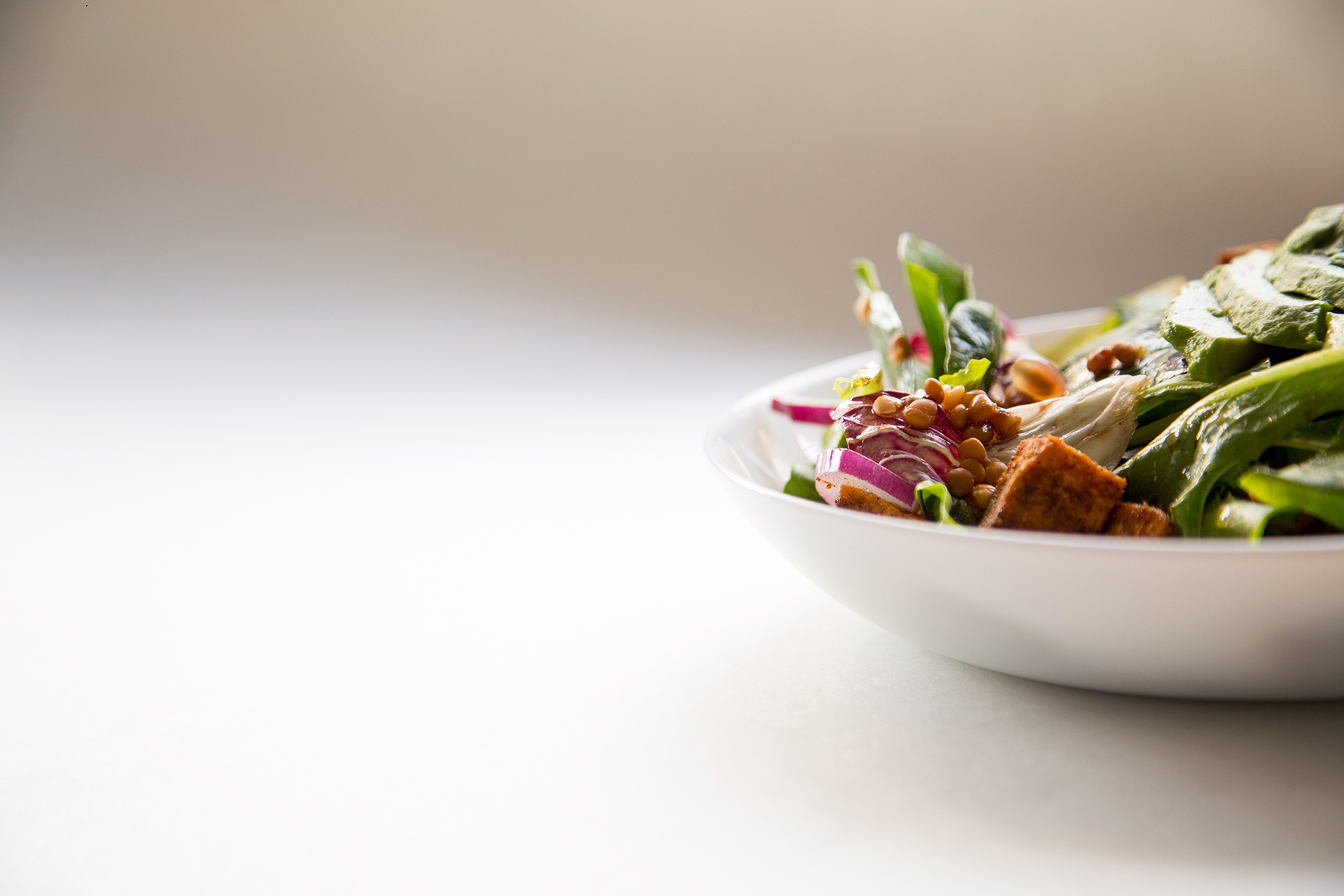




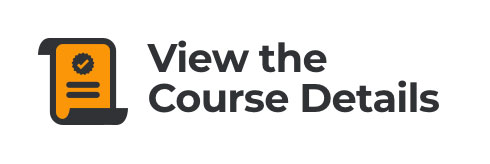

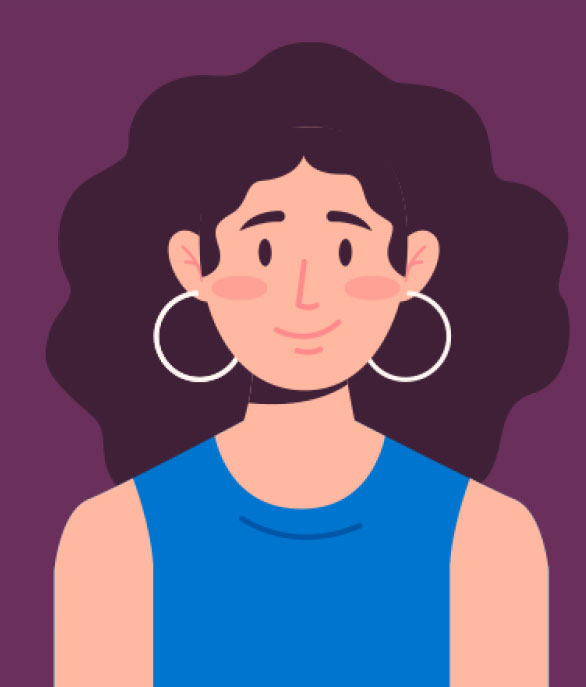



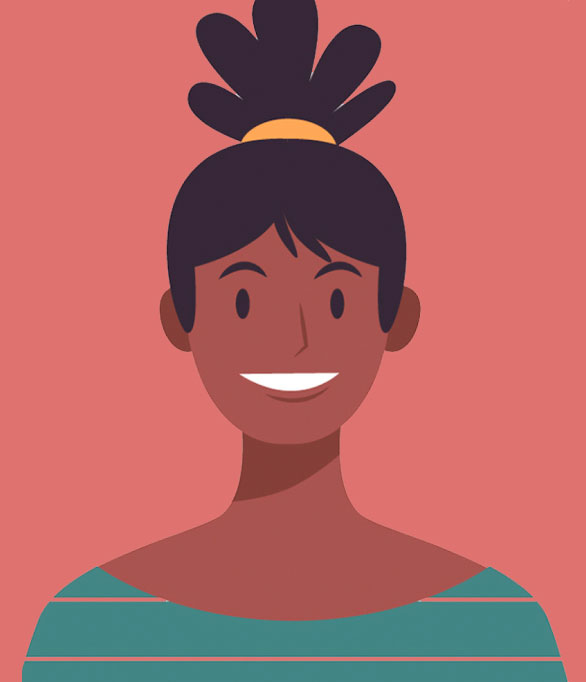

Leave a Reply